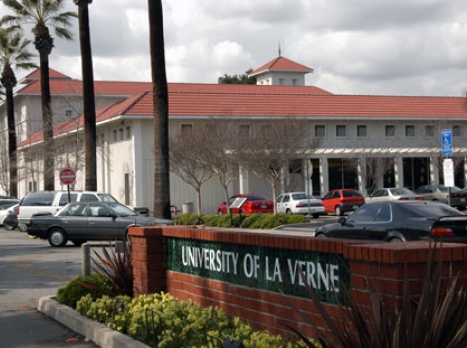
The future La Verne Station is part of the Foothill Gold Line from Glendora to Montclair, currently in the advanced engineering phase. The station will be located north of Arrow Highway and east of E Street, between the University of La Verne and Fairplex. The station will be a center platform station, with tracks on either side. Entrance to the station will be from both E Street and the future 600-space parking facility. Accommodations for bus, bike and pedestrian amenities will also be provided.
Forget about the results of the national election, there’s more important business at hand.
We all need to rejoice over the passage of Measure M, which won with a whopping 70 percent of the vote (okay, 69.82%).
At the macro-level, it could create more than 450,000 jobs in the county, fueled by $860 million a year in 2017. The cost to county taxpayers – and La Verne is in L.A. county the last I checked — is a 1/2 –cent sales tax that will continue to 2039, when it will become a full cent. That seems like small change for what La Verne will be getting.
The Gold Line, when completed, will be our golden ticket to Pasadena, downtown Los Angeles and points beyond. We will finally be connected to the Big City. We’ll have our full seat at the table.
The Gold Line currently ends in Azusa, but when construction on the 11-mile extension begins in 2019, five stations from Citrus College Station to the Claremont Metrolink Station; linking Glendora, San Dimas, La Verne, Pomona, and Claremont, will be added.
The La Verne station will be located north of Arrow Highway and east of E Street, between the University of La Verne and Fairplex.
With the passage of Measure M, there are immediate winners like the University of La Verne and Fairplex. But our local business owners and homeowners are also likely to see their properties sharply appreciate, following increases that have played in other Metro-adjacent areas like the rapidly gentrifying Highland Park.
To its credit, Metro last year imposed new rules and regulations that when it sold or leased land for development nears its stations, it would require in most cases that developers make 35% of all the new units affordable for low-income residents. This was in deference to the fact that 80% of all Metro riders, according to a UCLA study, are low- or moderate-income earners.
That’s the good news, the bad news, Metro controls a minimal amount of the land that will certainly be the target of redevelopment. So, the responsibility of fairly and wisely developing properties closest to the stations, for the benefit of all, will fall to cities like La Verne.
Tellingly, it will be up to the La Verne electorate and the leaders they choose that will truly determine if the Gold Line will be truly golden for everyone, not just those with deepest pockets.
As great as the stakes were in the national election, they look small compared to what’s coming down the tracks to La Verne.



Leave a Reply